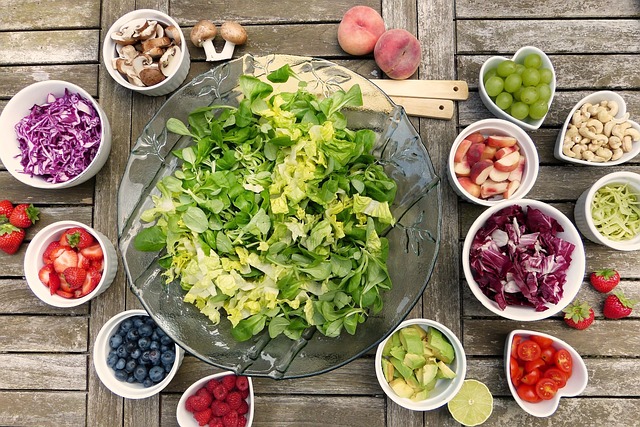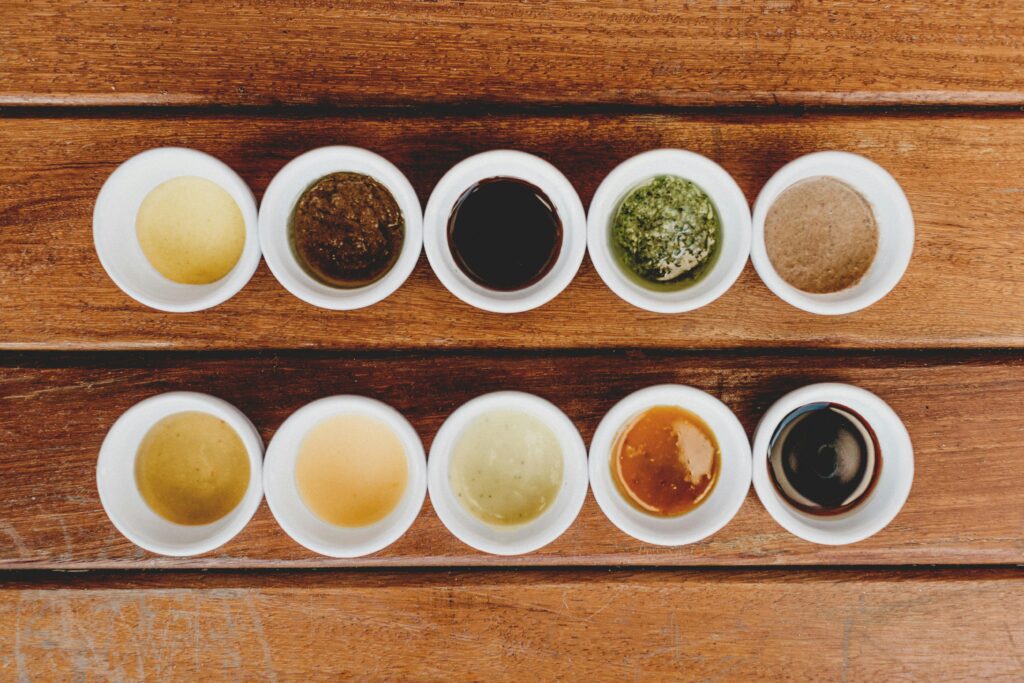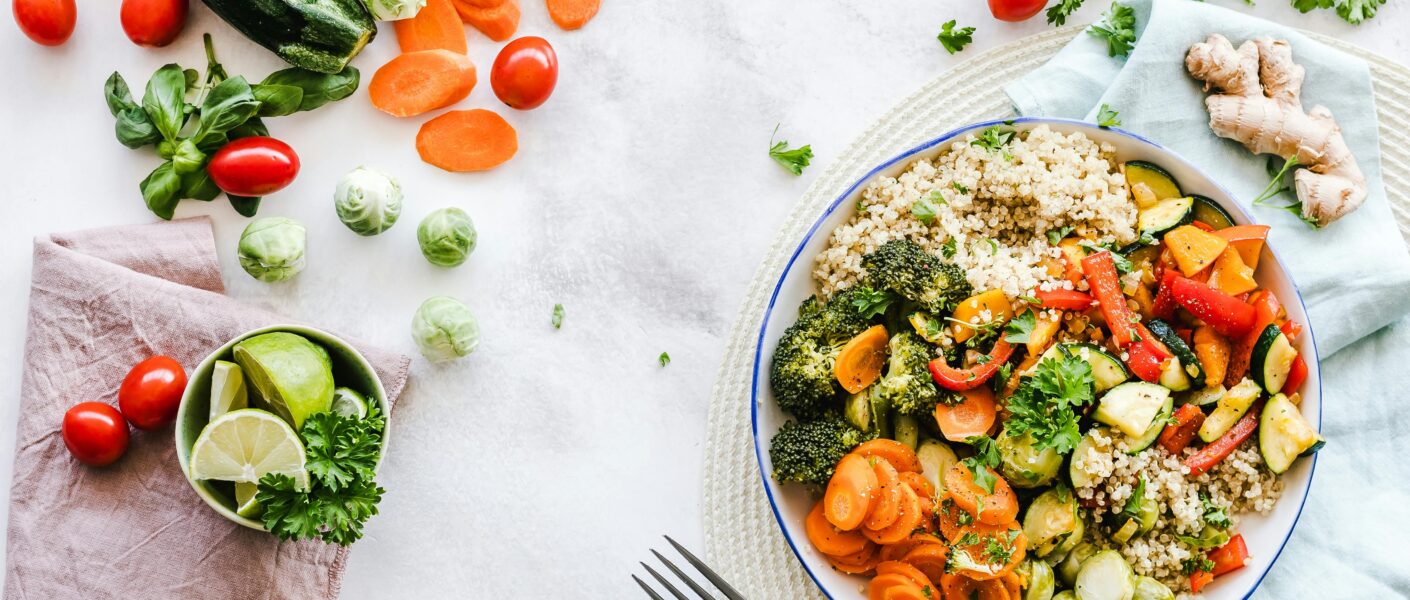Making the switch to a plant-based diet can feel overwhelming, but with a little planning and a basic understanding of what your body needs, it can become a fun and rewarding journey. Whether you’re looking to improve your health, reduce your environmental impact, or simply try something new, plant-based meal planning is an excellent way to introduce more whole, nutrient-dense foods into your life.
Here’s a simple guide to help beginners start their plant-based meal planning journey.
Step 1: Understand the Basics of a Plant-Based Diet
At its core, a plant-based diet focuses on foods primarily from plants. This includes fruits, vegetables, nuts, seeds, legumes, grains, and oils, while minimizing or eliminating animal products. A key advantage of this type of eating is the variety—by incorporating a wide range of plant-based ingredients, you’ll ensure your meals are full of flavor and nutrition.

It’s also important to understand that a plant-based diet doesn’t have to be 100% vegan. You can choose to include small amounts of meat or dairy if that works for you, while still prioritizing plants as the main component of your meals.
Step 2: Stock Your Pantry with Essentials
A well-stocked pantry is the foundation of easy and successful plant-based meal planning. Having these staples on hand will allow you to create a variety of dishes without needing to shop every day:
- Whole Grains: Quinoa, brown rice, oats, farro, and whole wheat pasta are nutrient-dense grains that can form the base of many meals.
- Legumes: Lentils, chickpeas, black beans, and kidney beans are great sources of protein and fiber.
- Nuts and Seeds: Almonds, chia seeds, flaxseeds, sunflower seeds, and nut butters add healthy fats, protein, and texture to your meals.
- Vegetables and Fruits: Focus on a variety of fresh, frozen, or canned vegetables and fruits to ensure you’re getting a range of vitamins and minerals.
- Healthy Oils and Fats: Olive oil, avocado oil, and coconut oil are ideal for cooking, dressing salads, or adding richness to meals.
- Plant-Based Proteins: Tofu, tempeh, and edamame are excellent sources of plant protein. You can also experiment with plant-based meat alternatives if you’re craving something familiar.

Step 3: Plan Simple Meals Around Your Staples
When starting out, focus on simple, balanced meals. Try to include a source of protein, whole grains, and plenty of vegetables in each meal. Here are some easy ideas to get you started:
- Breakfast: A smoothie made with almond milk, spinach, chia seeds, and banana or overnight oats with berries, flaxseeds, and almond butter.
- Lunch: A grain bowl with quinoa, roasted vegetables, chickpeas, and a tahini dressing or a hearty lentil soup with whole-grain bread.
- Dinner: Stir-fried tofu with brown rice and steamed broccoli, or a veggie chili made with black beans, tomatoes, and sweet potatoes.

Step 4: Prepare in Batches
Batch cooking is a great way to make meal planning more manageable. Spend an hour or two each week preparing components like roasted veggies, cooked grains, and legumes. This way, you can mix and match throughout the week to create different meals without needing to cook from scratch every day.
For example, cook a large batch of quinoa and roasted veggies on Sunday, and use them for grain bowls, salads, and side dishes over the next few days. Preparing things in advance will make it easier to stay on track with your plant-based eating.
Step 5: Experiment with Flavors
One of the most exciting parts of a plant-based diet is exploring new flavors and cuisines. Season your dishes with herbs, spices, and sauces to keep your meals interesting. Try different combinations like:
- Spices: Cumin, turmeric, paprika, and coriander are excellent for adding depth to your meals.
- Herbs: Fresh herbs like basil, cilantro, mint, and parsley can brighten up any dish.
- Sauces: Experiment with homemade sauces like tahini dressing, avocado crema, or a simple olive oil and lemon vinaigrette to add extra flavor without relying on animal products.

Step 6: Be Kind to Yourself
Transitioning to a plant-based diet doesn’t need to happen overnight. Start by incorporating more plant-based meals into your routine and gradually work your way up to a full plant-based plan if that’s your goal. The key is to make sustainable changes that feel good for your body and lifestyle.
Final Thoughts
Plant-based meal planning is all about abundance—there’s no shortage of delicious, nutritious foods to experiment with. By keeping your pantry stocked with essentials, preparing simple, balanced meals, and experimenting with flavors, you’ll find that adopting a plant-based diet can be a joyful and rewarding experience.




